Disclosure: This article contains affiliate links. We may earn a commission from purchases at no extra cost to you, which helps our travel content.
Standing at the edge of the Sahara, watching the sunset paint the ancient mud-brick buildings in hues of gold and amber, I couldn't help but whisper, 'Finalmente cheguei' — finally, I've arrived. Timbuktu has long existed in our collective imagination as a byword for remoteness, yet here I was, a Brazilian-British tax advisor who'd traded Seoul's neon skyline for Mali's legendary desert city. This isn't your typical vacation destination, and that's precisely why it demands a spot on any serious traveler's bucket list. But venturing here solo requires preparation, cultural sensitivity, and a spirit of adventure that goes beyond the ordinary.
Planning Your Journey to the Edge of the Sahara
Let me be direct: getting to Timbuktu is half the adventure. Despite its remote location, there are several routes depending on your risk tolerance and budget. I flew into Bamako, Mali's capital, and spent two days acclimating before catching a domestic flight to Mopti, followed by a combination of 4x4 transport and finally a pinasse (traditional wooden boat) along the Niger River.
Security considerations cannot be overstated. Mali's political situation remains complex, and travel advisories change frequently. I hired a local guide through TourRadar months in advance—worth every penny for both safety and cultural insights. Before departure, I invested in comprehensive travel insurance that specifically covered remote destinations and medical evacuation, a non-negotiable expense in my experience.
Connectivity is limited, so I brought a satellite communicator that allowed me to send text messages and GPS coordinates to family members even without cell service. 'Prevenido vale por dois' as we say in Brazil—being prepared is worth double.
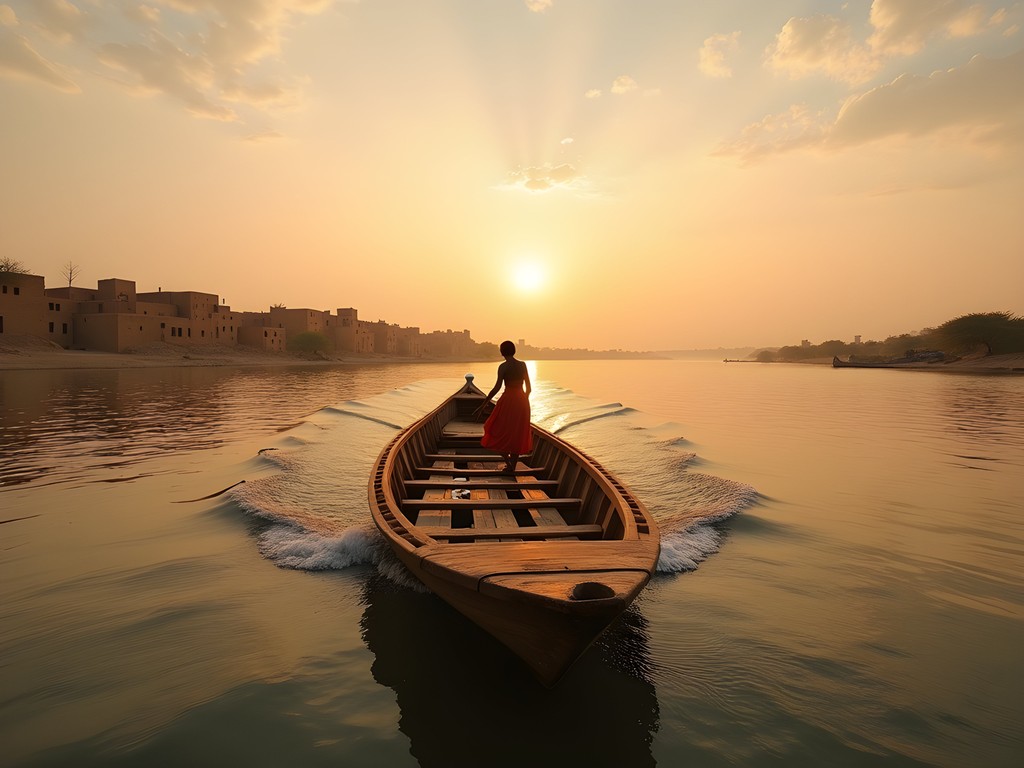
💡 Pro Tips
- Apply for your Mali visa at least 8 weeks before departure
- Register with your country's embassy in Mali before arrival
- Download offline maps and translation apps while still in areas with good internet
Accommodation & Daily Life in the Ancient City
Timbuktu offers limited accommodation options, but what's available ranges from basic guesthouses to the surprisingly comfortable Hotel Hendrina Khan, where I stayed. My mid-range room cost approximately 35,000 CFA (about $60 USD) per night and included breakfast and much-needed air conditioning. Reserve well in advance via email, as online booking platforms rarely list these properties.
Daily life here moves at the rhythm of the desert. Mornings are best for exploring the UNESCO World Heritage sites before the heat becomes overwhelming. I started each day with a thermos of strong coffee prepared using my trusty portable espresso maker – a luxury that kept this Brazilian caffeinated and sane.
Water conservation is crucial in this arid environment. I purified local water using my water purifier bottle rather than consuming plastic bottles, saving both money and reducing waste. The locals appreciated this gesture of environmental respect, which opened many doors to genuine conversations about sustainability in desert communities.
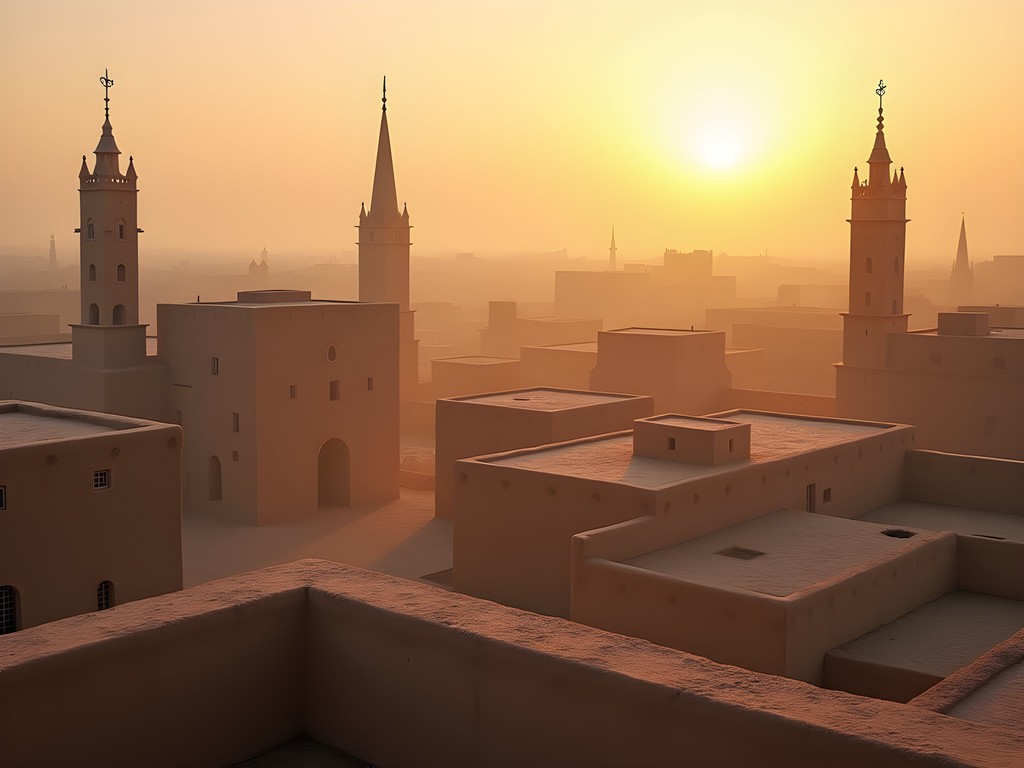
💡 Pro Tips
- Bring twice as much cash as you think you'll need—ATMs are unreliable or nonexistent
- Learn basic Bambara phrases beyond French—locals appreciate the effort
- Respect prayer times when planning your daily activities
Cultural Immersion & Historical Treasures
Timbuktu's historical significance as a center of Islamic scholarship cannot be overstated. The Sankore Mosque and University, dating back to the 15th century, stands as testament to the city's intellectual heritage. I spent a full day exploring the ancient manuscripts with a local scholar who explained how these documents revolutionized mathematics, astronomy, and medicine centuries ago.
Navigating cultural norms requires sensitivity. As in many conservative regions, modest dress is essential regardless of the heat. My quick-dry travel pants and lightweight long-sleeve shirts kept me cool while remaining respectful. Women travelers should consider bringing a scarf to cover their hair when visiting religious sites.
The market district offers a glimpse into daily Malian life, with artisans crafting traditional Tuareg silver jewelry and leather goods. Price negotiation is expected, but remember that fair trade matters—these artisans depend on tourism income that has been severely impacted by regional instability. I purchased a handmade leather-bound journal that now holds my tax notes and travel observations side by side, a perfect metaphor for my dual professional and adventurous identities.
'O barato sai caro,' as we say in Brazil—cheap things end up expensive. This applies perfectly to hiring guides in Timbuktu. Invest in knowledgeable local expertise rather than trying to navigate the cultural and historical complexities alone.
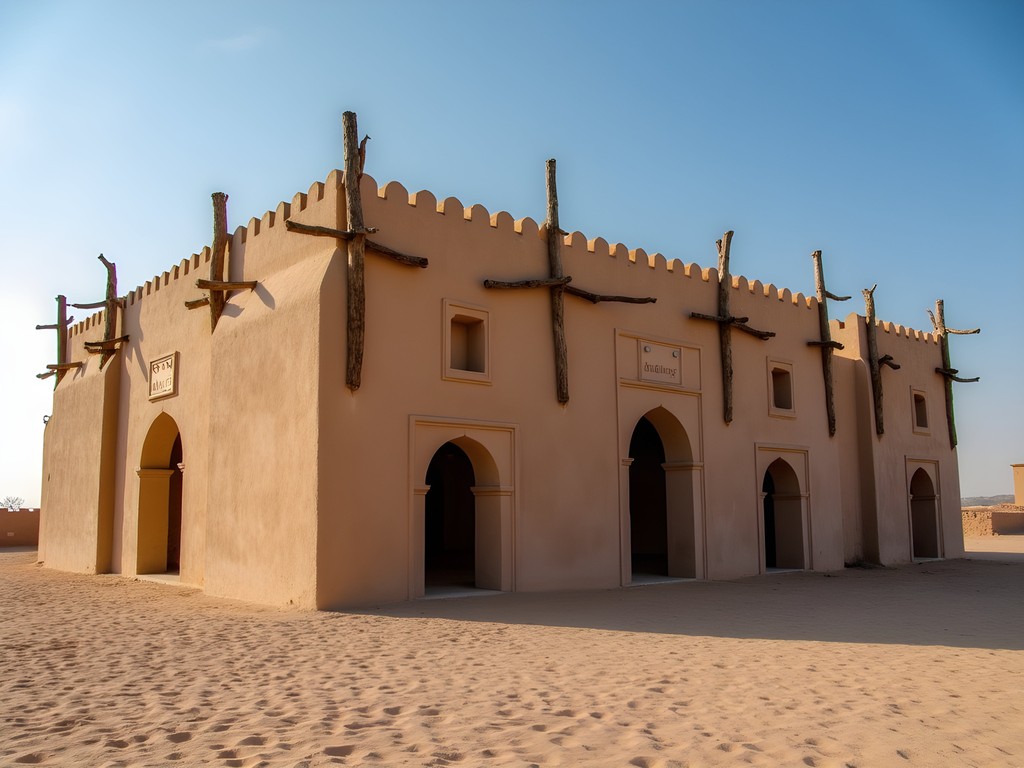
💡 Pro Tips
- Always ask permission before photographing people
- Carry small denomination CFA notes for purchases and tips
- Visit the manuscript libraries early in the day when the curators have more time for questions
Desert Excursions & Tuareg Culture
No trip to Timbuktu is complete without venturing into the Sahara. I arranged a two-day desert excursion with Tuareg guides, sleeping under stars so bright they seemed close enough to touch. The silence of the desert creates a meditative space unlike anywhere else I've traveled across six continents.
Preparing for desert conditions requires specialized gear. My desert gaiters prevented sand from filling my boots during long walks, while a desert scarf protected my face during occasional wind gusts. Temperature fluctuations between day and night are extreme—I recorded a 30°C difference on my outdoor thermometer.
The Tuareg people, historically known as the 'blue men of the desert' for their indigo-dyed clothing, shared their nomadic traditions during evening campfires. We discussed their sophisticated tax-free trading systems that have operated across borders for centuries—a fascinating conversation given my professional background in international taxation. Their adaptive approach to resource management in harsh conditions offers lessons that modern financial systems could learn from.
The desert night sky provided the perfect backdrop for my star chart app, which helped identify constellations from this unique vantage point far from light pollution. The Tuareg guides were equally fascinated by this technology, creating a cultural exchange around our shared wonder at the cosmos.
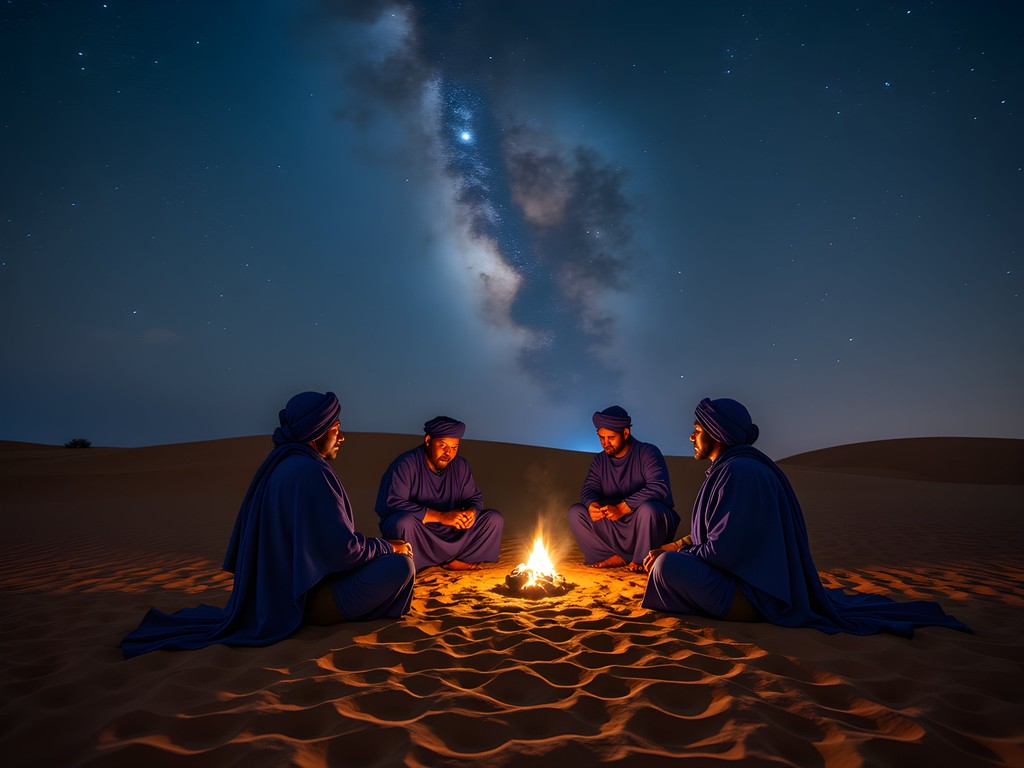
💡 Pro Tips
- Pack high SPF lip balm—desert wind causes severe chapping
- Bring small gifts like quality tea or LED flashlights for your guides
- Wear closed-toe shoes even at night—scorpions are no joke
Safety Considerations & Practical Advice
Let's address the elephant in the room: safety concerns in Mali are legitimate. The country has experienced political instability and security challenges, particularly in the north. However, with proper preparation, Timbuktu can still be visited by determined travelers.
I maintained constant awareness of my surroundings while never projecting fear or anxiety—a balance I've perfected through years of international business travel. Registering with my embassy, carrying a hidden money belt for important documents and cash, and keeping a low profile were non-negotiable practices.
Health precautions are equally important. I visited a travel clinic two months before departure for necessary vaccinations and packed a comprehensive first aid kit with prescription antibiotics and antimalarials. Water-borne illnesses are common, so I treated all drinking water and avoided raw vegetables unless I could verify their preparation.
'A prevenção é o melhor remédio'—prevention is the best medicine. This Brazilian saying guided my approach to safety throughout the journey. I established check-in protocols with friends back in Seoul and carried multiple forms of emergency communication. While these precautions may seem excessive, they allowed me the freedom to fully immerse myself in this extraordinary destination without unnecessary worry.
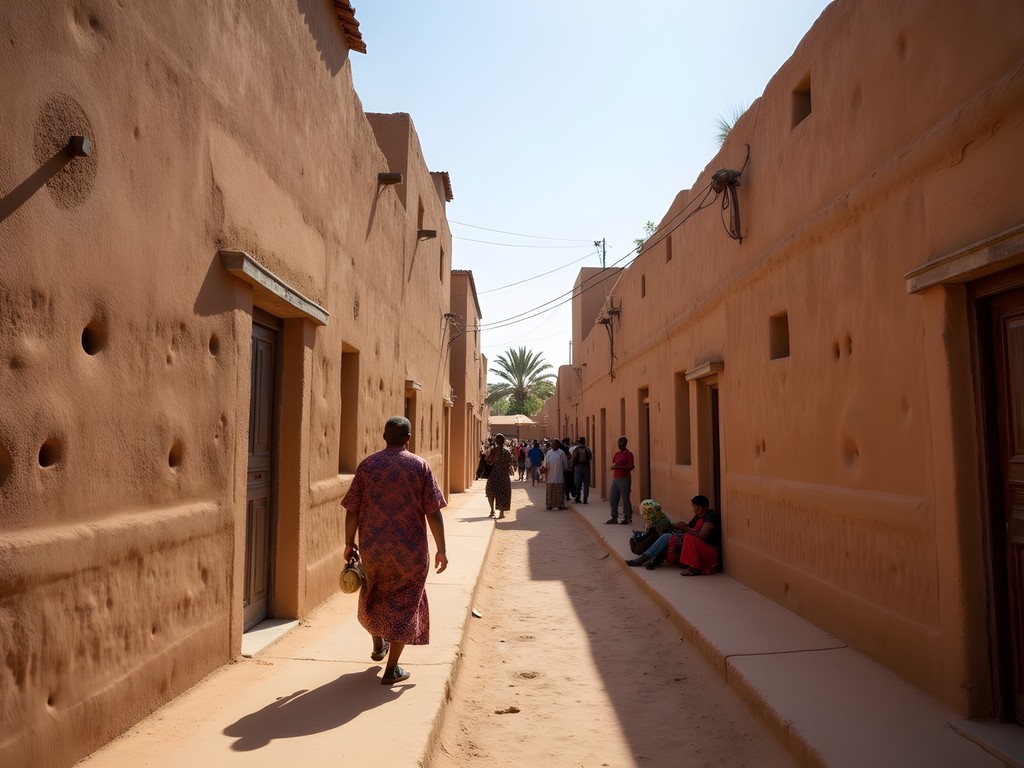
💡 Pro Tips
- Register your travel plans with your country's embassy in Mali
- Photograph all important documents and store copies in cloud storage
- Arrange airport transfers in advance through your accommodation
Final Thoughts
Timbuktu defies simple description—it's simultaneously exactly what you might imagine and nothing like you expected. The legendary city at the edge of the Sahara offers a profound connection to history, intellectual heritage, and the enduring human spirit that thrives in even the most challenging environments.
As I prepared to leave, watching another golden sunset from the rooftop of my hotel, I reflected on how this journey had transformed my perspective. The Tuareg concept of imouchan—finding one's path through the trackless desert—seemed a perfect metaphor for solo travel in remote destinations. We navigate by stars, instinct, and the wisdom of those who've gone before us.
For the prepared, respectful, and genuinely curious traveler, Timbuktu offers rewards that far outweigh its challenges. If you're considering this journey, start your preparations early, embrace the complexity of the experience, and approach with an open heart. 'Quem não arrisca, não petisca,' as we say in Brazil—who doesn't take risks, doesn't snack. Sometimes the most meaningful journeys are those that take us furthest from our comfort zones.
Until next time, boa viagem!
✨ Key Takeaways
- Timbuktu remains accessible to determined solo travelers despite regional challenges
- Cultural sensitivity and proper preparation are essential for a meaningful experience
- Local guides provide invaluable safety, historical context, and cultural insights
- The desert landscape and night sky offer profound natural beauty beyond the historical sites
- Advance planning for safety and health concerns enables greater freedom to enjoy the destination
📋 Practical Information
Best Time to Visit
November to February (winter)
Budget Estimate
$100-150 per day including accommodation, guide, meals and local transport
Recommended Duration
10-14 days including travel time
Difficulty Level
Challenging

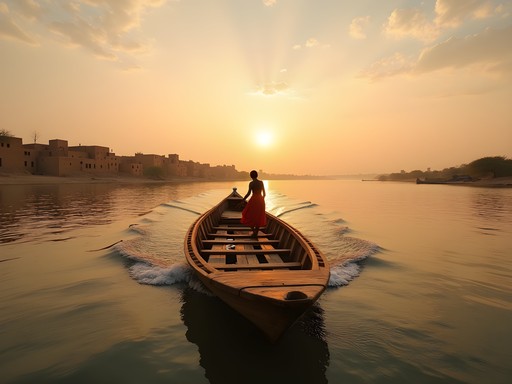
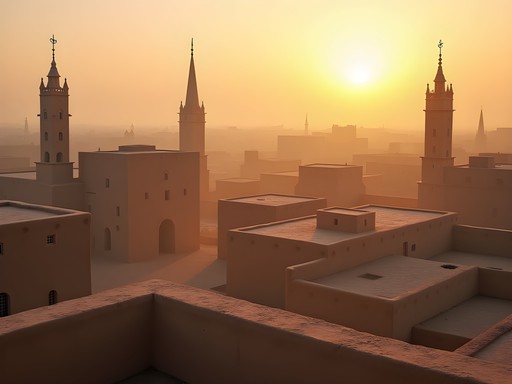
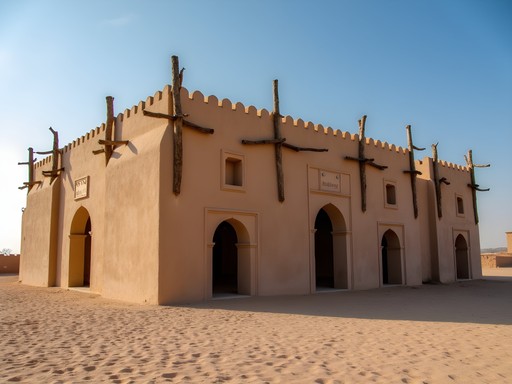
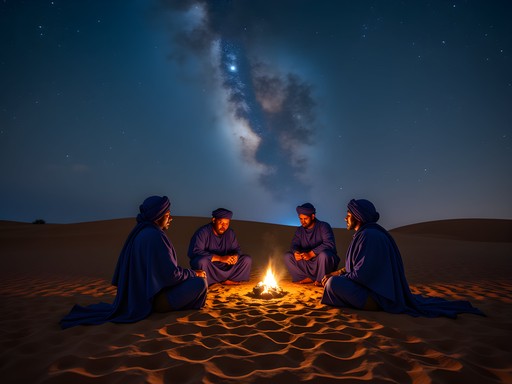
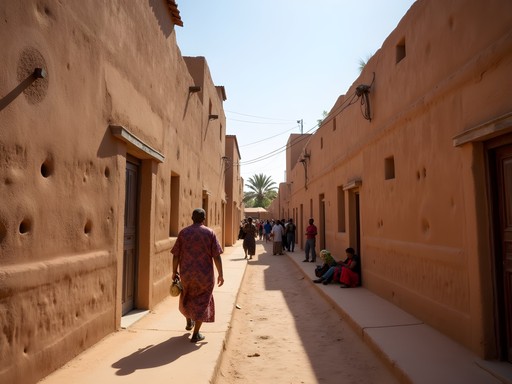



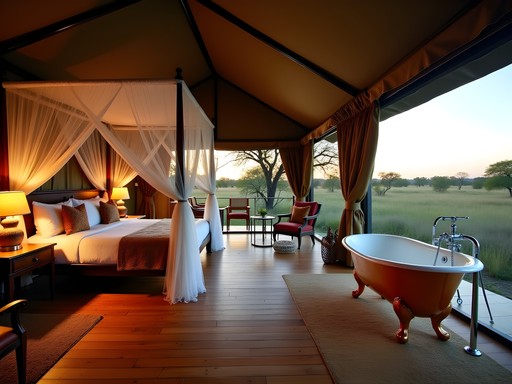
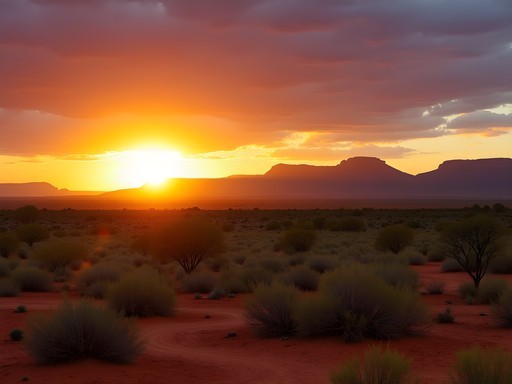


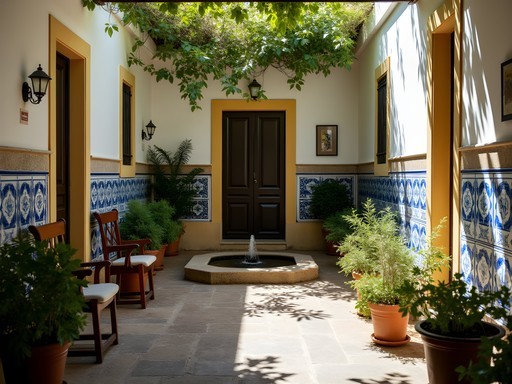

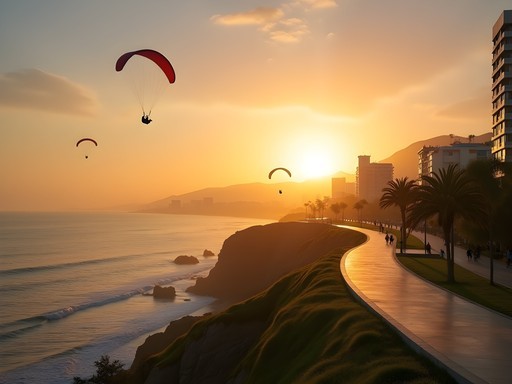
Comments
journeyway
Just WOW! Your description of the sunset over the desert and those ancient libraries gave me chills! I've been fascinated by Timbuktu since I was a kid reading about ancient trade routes. Never thought it was actually possible to visit as a tourist these days. Your practical tips about getting there are gold! Saving this post for future reference - though I might wait until the security situation improves a bit more. Did you feel safe the whole time? The photos of the mud architecture are INCREDIBLE by the way!
Savannah Walker
Luca, your post transported me right back to my own Timbuktu adventure last year! The camel trek into the desert with Tuareg guides was life-changing. For anyone considering this journey, I'd add that connecting with the right guide makes all the difference. Our guide Ibrahim not only kept us safe but shared incredible stories about the stars at night that I'll never forget. One practical tip: I found learning a few Tamashek phrases really opened doors with the Tuareg communities. Also, the sandstorms can come out of nowhere - I wrapped my camera in a plastic bag and kept it inside my backpack when not in use. The photos of those rippling dunes were worth every precaution!
coolexplorer
Do you remember any useful Tamashek phrases you could share? Would love to learn a few before I go!
Savannah Walker
Sure! "Adeeyat" (hello), "Tanemmirt" (thank you), and "Mani tulid?" (where are you from?) were the ones I used most. The locals really appreciated the effort!
Nicole Russell
OMG Luca this is EXACTLY the guide I needed!!! I've been dreaming about Timbuktu forever (who hasn't after hearing about it since childhood??) but was super intimidated by the logistics. Your section on finding accommodation was so helpful - I was wondering if those traditional houses with courtyards were actually available to tourists! Quick question - how was the internet situation? Could you post to social or was it completely disconnected? As a solo female traveler, did you feel the cultural norms were restrictive? Planning to potentially include this in my West Africa trip next year! 💃🏽✨
Luca Evans
Hi Nicole! Internet was extremely spotty - I could occasionally get basic emails but forget about Instagram or any video calls. As for cultural norms, modest dress is definitely expected. I'd recommend connecting with female guides through the tourism office in Bamako before heading north - they can provide specific advice for women travelers.
vacationdiver
Great post! How did you handle money while there? I've heard ATMs are non-existent and credit cards aren't accepted anywhere. Did you just carry cash?
Luca Evans
You heard right! I brought euros in cash and exchanged them in Bamako before heading to Timbuktu. You definitely need to plan your budget carefully as there's no way to get more money once you're there.
Taylor Moreau
Excellent write-up, Luca. I visited Timbuktu in 2018 on a research trip for a travel series I was producing. Your observations about the contrast between the city's mythical status and its current reality are spot on. I would add that visitors should be prepared for the extreme climate - the temperature fluctuations between day and night are dramatic. I found my merino layers essential for those cold desert nights. The section on connecting with Tuareg guides was particularly valuable - their knowledge of safe routes and cultural context is irreplaceable. Did you happen to visit during any festivals?
journeyway
Taylor - did you find the security situation manageable when you were there? I've been wanting to visit for years but keep putting it off due to the travel advisories.
Taylor Moreau
It was manageable but required significant advance planning and local connections. I wouldn't recommend it as a casual destination - you need proper security arrangements and to stay informed about regional developments.
hikingone
Those sunset photos are absolutely stunning! Bucket list destination for sure.
wavelife
Wow, this brought back memories! I visited Timbuktu back in 2019 before all the security issues escalated. The mud architecture of the mosques is truly something else. Did you manage to visit any of the ancient manuscript libraries? They were a highlight for me, though many of the most precious documents had already been moved to Bamako for safekeeping. How did you handle the security situation during your visit?
Luca Evans
Thanks for reading! Yes, I did visit the Ahmed Baba Institute - they still have some manuscripts on display though as you mentioned, many are now in Bamako. Security-wise, I arranged everything through a local operator who provided a guide and necessary permits. Definitely wouldn't recommend just showing up there independently these days.
wavelife
Smart move with the local operator. The situation has been so fluid there. Did you get to experience any music while there? The desert blues tradition is incredible.
sunsetguide
FINALLY someone writing about Timbuktu with real experience! I've been obsessed with visiting since I was a kid and this might be the push I needed. The section about the manuscript libraries was especially fascinating. Did you need special permission to visit them or can any tourist go?
Luca Evans
No special permission needed! A local guide can arrange it. The Ahmed Baba Institute is the main one, but there are smaller family-owned collections too. Some of the manuscripts date back to the 13th century - mind-blowing to see in person.
moongal3185
If anyone's planning this trip, don't underestimate the heat! I went in April and it was brutal. My cooling towel was a lifesaver. Also worth noting that ATMs are non-existent there, so bring enough cash and keep it secure.
redmaster
How much cash would you recommend bringing for a week stay?
moongal3185
I'd say around €500-700 for a week, depending on your accommodation arrangements. Most costs will be for guides, transportation and food. Bargaining is expected for souvenirs!
moonrider
Did anyone take the camel trek to the salt mines? Worth the extra days?
Sage Dixon
Absolutely worth it! The salt caravans have been running for centuries, and it's like stepping back in time. Physically demanding but one of the most authentic experiences I've had in Africa. Just make sure you're prepared for the heat and basic camping conditions.
Venture X
Premium card with 2X miles, $300 travel credit, Priority Pass